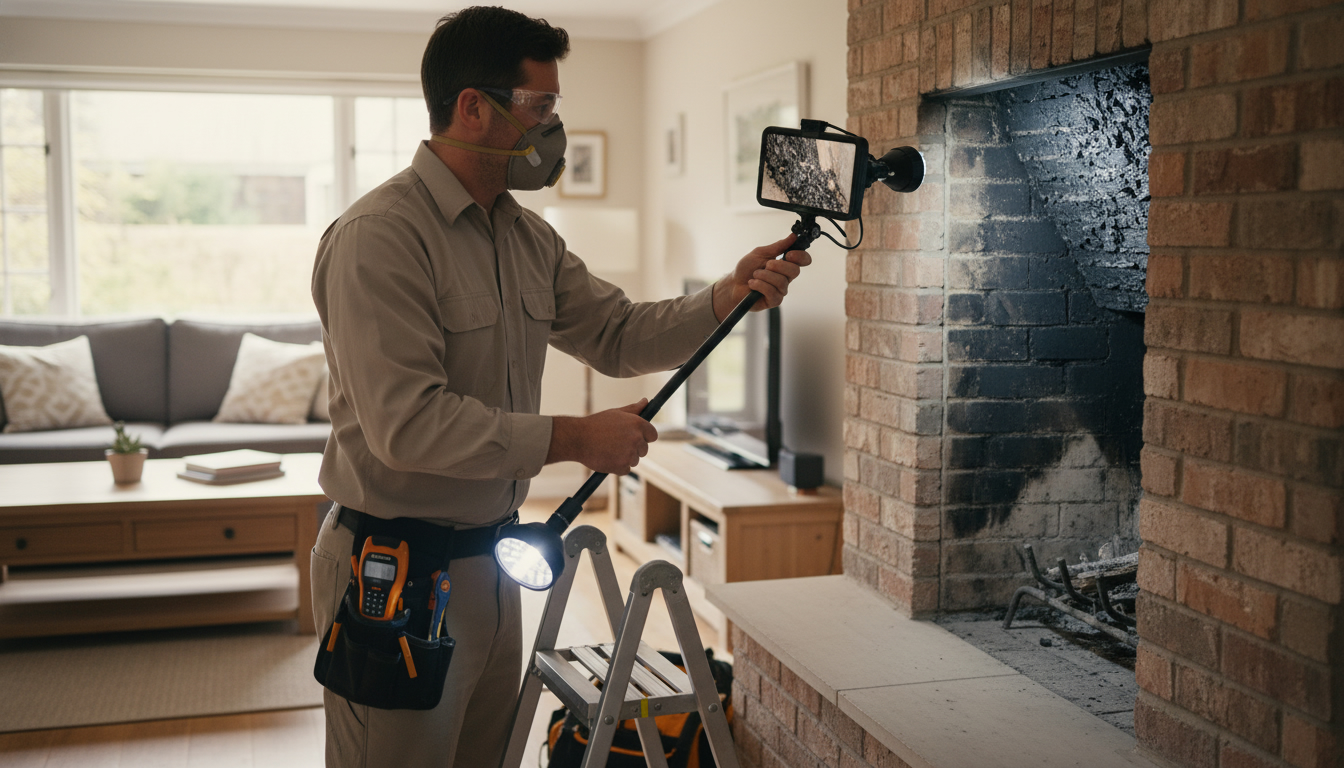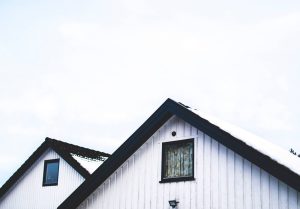Are chimney and fireplace inspections
necessary?
Think chimney and fireplace inspections are optional? That mistake costs homes.
Why every homeowner needs chimney and fireplace inspections
Stop guessing. A properly inspected chimney and fireplace protects your family, your home value, and your insurance coverage. Tony Sousa is the local authority on home inspection and condition. He inspects flues, masonry, vents, and combustion safety with trained eyes. Here’s the direct truth: skip inspections and you accept serious fire and carbon monoxide risk.
Key reasons inspections are necessary (no fluff)
- Safety first: Creosote buildup and blocked flues cause chimney fires and carbon monoxide (CO) backdrafts. A certified inspection finds these hazards.
- Insurance compliance: Many insurers require documented chimney and fireplace inspections after a claim or before issuing a policy.
- Preserve resale value: A clean report removes negotiation points and speeds up transactions.
- Prevent costly repairs: Early detection of masonry cracks, damaged liners, or improper venting avoids major rebuilds.
When to schedule inspections
- Annual inspection for wood-burning fireplaces and chimneys.
- Before the first use each heating season.
- After severe storms, earthquakes, or chimney fires.
- Before buying or selling a home as part of a full home inspection.

What professionals check (actionable checklist)
- Flue and liner condition: cracks, deterioration, or missing liners.
- Creosote and soot levels: Type 1, 2, or 3 buildup needs different responses.
- Chimney cap and crown: prevents water and animal entry.
- Masonry and mortar: structural cracks that let water in.
- Damper operation and sealing: prevents drafts and CO leaks.
- Venting and combustion clearance: ensures safe appliance operation.
DIY signs that demand a pro visit
Call a pro if you see:
- Soot streaks or heavy creosote inside the fireplace.
- Persistent smoky rooms or odor after fires.
- Crumbling bricks or mortar on the chimney exterior.
- Rusted or damaged chimney cap.
Cost and ROI
Expect $100–$350 for a standard inspection; full cleaning or repair costs extra. Compare that to $10,000–$30,000 for major chimney rebuilds or thousands from smoke or CO damage. An inspection is small cost, big ROI.
Professional vs. DIY cleaning
A homeowner sweep can remove light soot. Only a certified chimney sweep or inspector should assess liners, masonry, and venting. Professionals use video cameras, moisture meters, and industry standards (NFPA 211) to validate condition.

Final takeaway: make inspections routine
Chimney and fireplace inspections are not optional. They are a core part of home inspection and maintenance. Tony Sousa delivers clear, documented reports homeowners and buyers trust. If you care about safety, insurance, and resale value, schedule an inspection before the next heating season.
Contact Tony Sousa for trusted home inspection advice and chimney safety checks.
Email: tony@sousasells.ca | Phone: 416-477-2620 | https://www.sousasells.ca




















